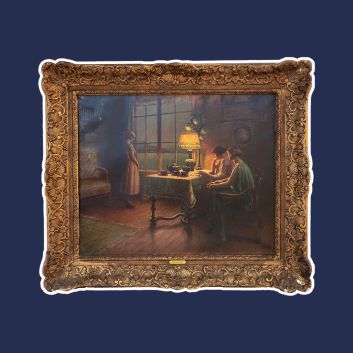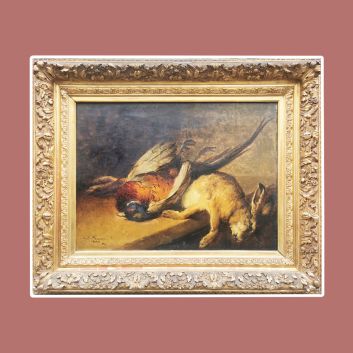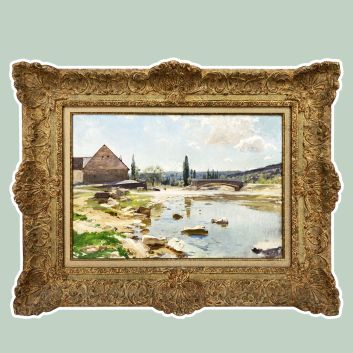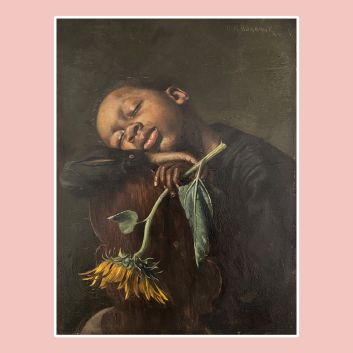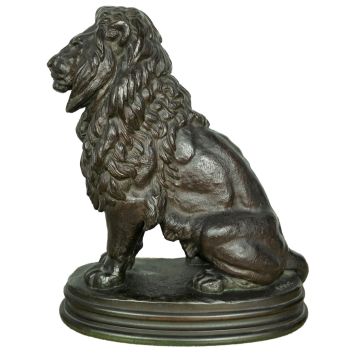Rating and value of works, paintings, drawings by Théodore Géricault

If you own a work by or after Théodore Géricault, and would like to know its value, our state-approved experts and auctioneers can offer you their appraisal services. Our specialists will carry out a free appraisal of your work, and provide you with a precise estimate of its current market value. Then, if you wish to sell your work, we will guide you towards the best possible arrangement to obtain the optimum price.
Rating and value of the artist Théodore Géricault
Théodore Géricualt left behind a singular body of work in the pure Romantic vein. From then on, prices for his works rose under the auctioneer's hammer. His paintings are particularly prized, especially by English and French buyers. The price at which they sell on the art market ranges from €10 to €8,000,000, a considerable difference, but one that says a lot about the value that can be attributed to Géricualt's works. In 2009, his oil on canvas Portrait d'Alfred et Elizabeth Dedreux , from the Pierre Bergé collection, sold for €8,000,000, while Sotheby's estimated it at €4,000,000 to €6,000,000.
Order of value from a simple work to the most prestigious
Technique used | Results |
|---|---|
Sculpture - volume | From €600 to €32,000 |
Prints - multiples | From €10 to €91,010 |
Drawing - watercolor | From €350 to €1,023,740 |
Oil on canvas | From €7,240 to €8,000,0000 |
Response in less than 24h
Style and technique of Théodore Géricault
Théodore Géricualt was a 19th-century Romantic painter. He was trained by Carle Vernet and Pierre-Narcisse Guérin, among others, who had a major influence on his career. Géricault produced mainly drawings and oils on canvas, although there were also a few prints and sculptures.
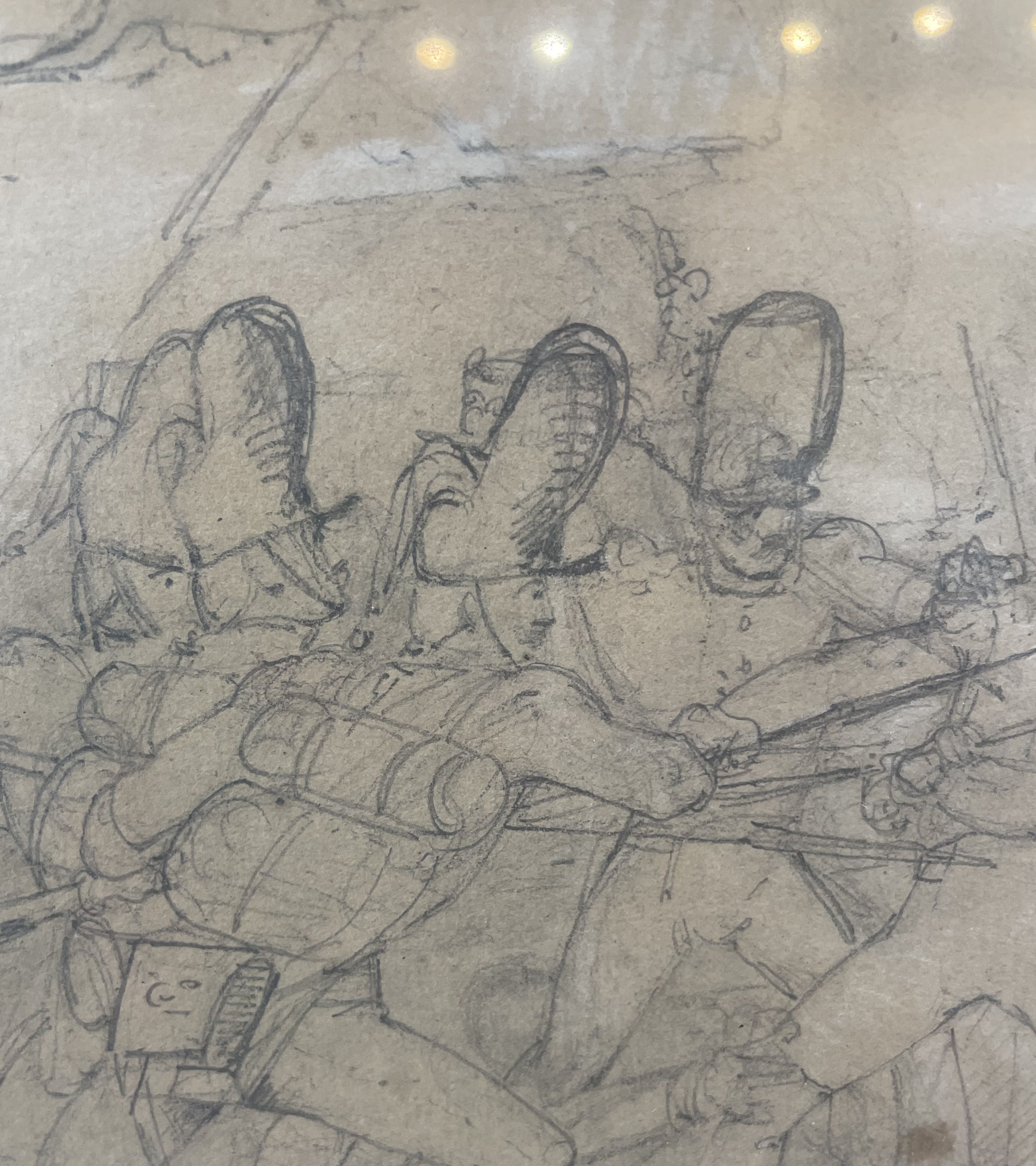
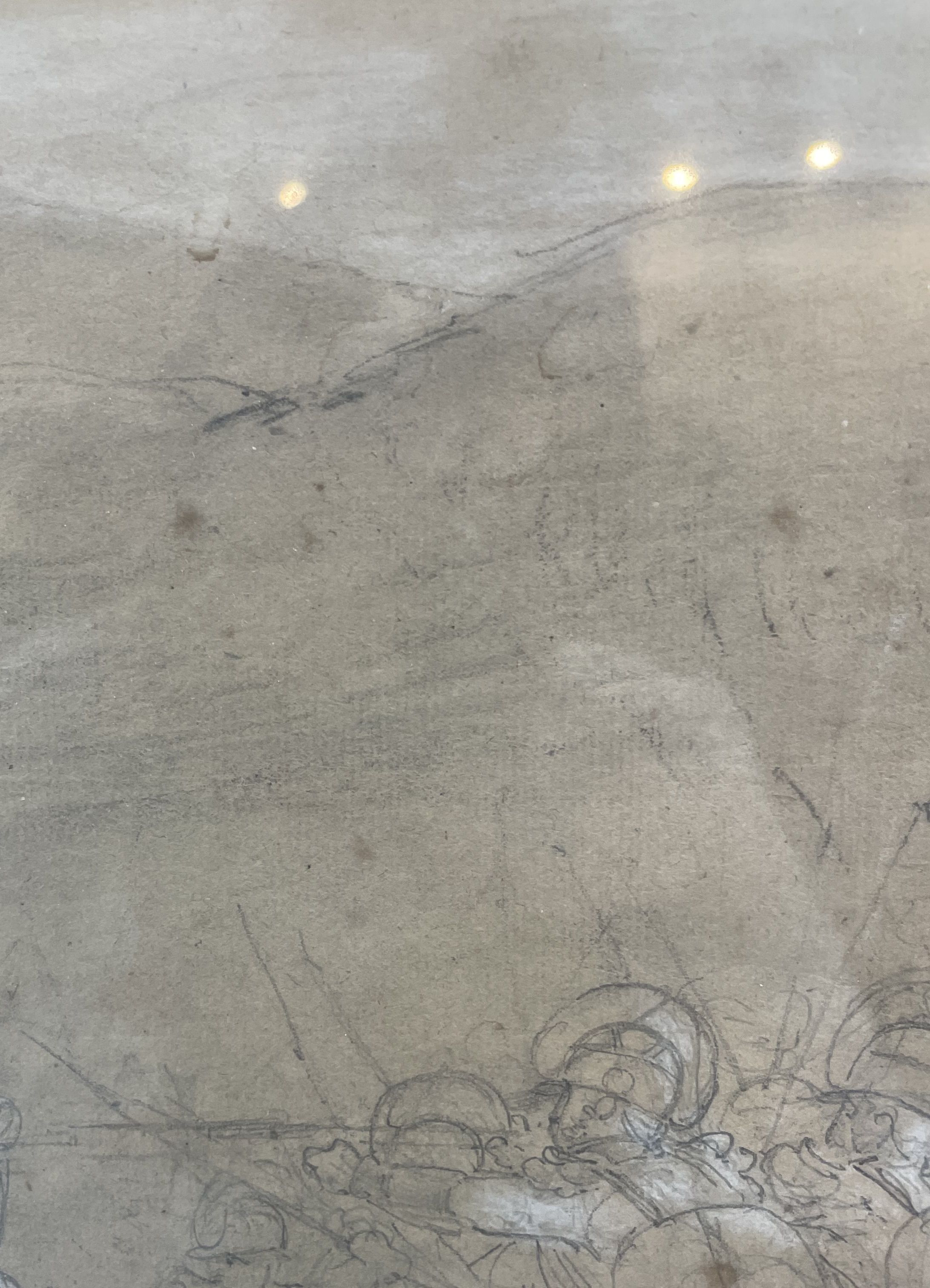
Théodore Géricault, at the height of Romanticism
Jean-Louis André Théodore Géricault (1791 - 1824), is a well-known 19th-century painter.
He was born in Rouen into a wealthy family of magistrates, who moved to Paris during his childhood. He did not excel at school, but attended the Lycée Impérial, where he learned drawing techniques with Pierre Bouillon. His uncle was a wealthy collector who encouraged him to pursue a career in art. He began his apprenticeship in the studio of Carle Vernet, who specialized in hunting scenes. He then spent some time in Guérin' s studio, before entering the Ecole des Beaux-Arts in Paris, where he copied the paintings in the Louvre, selected at the time by Napoleon I: above all the Flemish and Italian masters of the Renaissance and High Renaissance. During this period, Géricualt worked extensively on male nudes and equestrian portraits.
He was expelled from the Louvre for misbehavior in 1812, but did not give up and redoubled his efforts, producing a painting of the Imperial Guard in five weeks, which he presented at the Salon. He received the Salon's gold medal for this work, even though he was only 21. Given the success of his equestrian and military paintings, he continues to produce them.
Géricualt fell in love with his aunt, had a son with her, and then left for Italy, where he failed the Prix de Rome and was inspired by Italian Renaissance painters. He met Ingres at the Villa Medici, then returned to Paris in 1817, having acquired the Caravaggio technique of chiaroscuro.
On his return, he set out to create a masterpiece. Looking for inspiration in news stories, he came across the story of the Raft of the Medusa, which the Restoration had tried to suppress. He thus elevated genre scenes to the dimensions of history painting, definitively breaking down the hierarchy of academic genres. However, his work was not well received by the critics, so he took it to England, where it was a great success.
However, when he fell ill in London, he returned to Paris, where he was hospitalized at the Salpétrière and, on the advice of his doctor, produced a series of portraits of the mentally ill. Although little known, these paintings are a vibrant tribute to the human condition.
Géricualt never recovered and died at the age of 32.

Théodore Géricault's influence on his time
Théodore Géricualt leaves an immense legacy in the history of art. Despite the brevity of his existence, he believed in his talent even though the institutions of the time did not want him. A pioneer on many subjects, Le Radeau de la Méduse is interpreted as a plea against slavery. The representation of madness and trauma was more than an artistic theme in the 20th century, with artists such as Gaston Chaissac and Zoran Music. Alongside Eugène Delacroix in painting and Chateaubriand in literature, he remains one of the leading figures of Romanticism.
Its value is currently stable on the auction market.
Recognizing Théodore Géricault's signature
Works by Théodore Géricault are sometimes signed. However, with or without a mention, it is important for you to have the work appraised to ensure its originality and to be able to date it.
Knowing the value of a work
If you happen to own a work by or after Théodore Géricualt, don't hesitate to request a free appraisal using the form on our website. A member of our team of experts and certified auctioneers will contact you promptly to provide you with an estimate of the market value of your work, as well as any relevant information about it. If you wish to sell your work of art, our specialists will also be on hand to offer you alternatives for selling it at the best possible price, taking into account market trends.
Response in less than 24h
Related topics
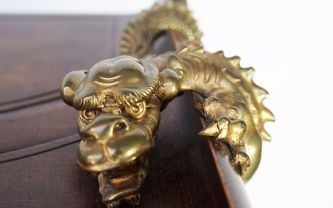
Rating and value of works, tables, saddles, cupboards by G...
Gabriel Viardot was a cabinetmaker of the late 19th century who produced Far Eastern cabinetry. His work is highly appreciated.
Read more >
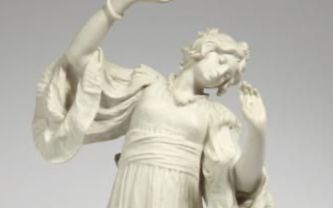
Agathon Léo's porcelain cookie quotation and value 2024...
Agathon Léonard was an Art Nouveau sculptor who created porcelain cookies for the Manufacture de Sèvres, which are listed at auction.
Read more >

Rating and value of paintings by Vassily S...
Vasily Sourikov is a Russian realist painter who belongs to the itinerants. His works are highly valued.
Read more >
Secure site, anonymity preserved
State-approved auctioneer and expert
Free, certified estimates
